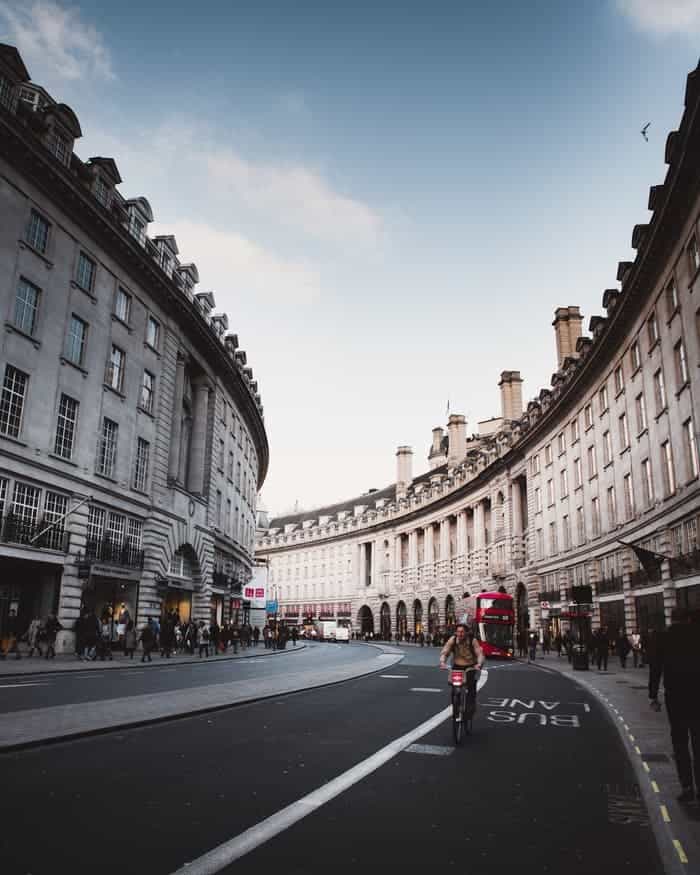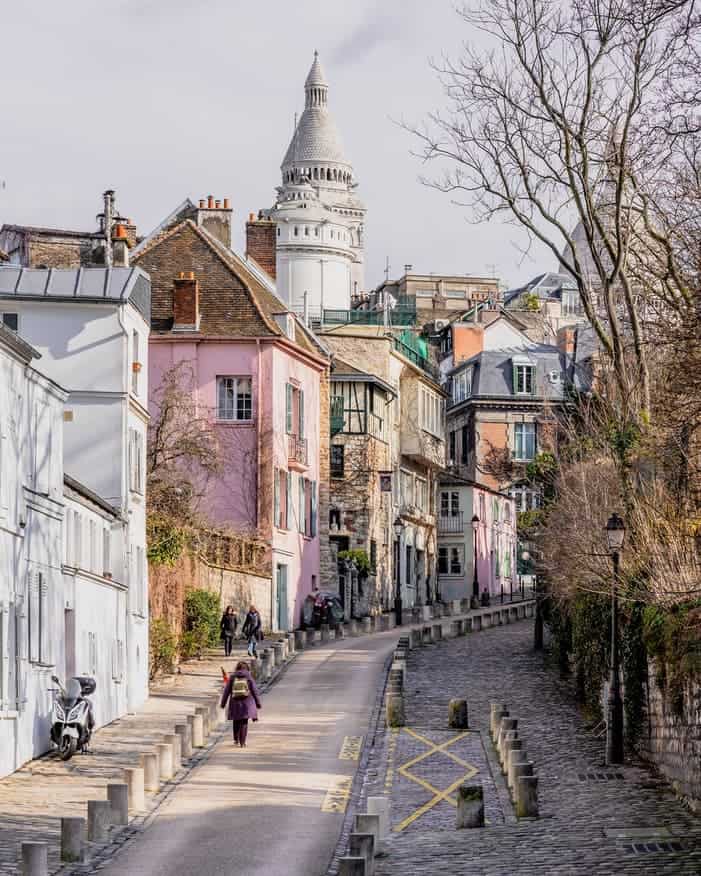It was one of the most immediate consequences of the lockdown: more people stayed inside, fewer cars were on the street, and the air was suddenly cleaner. A report found that in Europe alone this saved 11,000 lives, whereas a study in China found that reducing pollution levels saved 77,000 lives. Now, cities are looking at ways to make this pollution reduction more permanent, making cities healthier and more enjoyable.

Changing transportation
The transport sector has suffered tremendously over the past couple of months. This isn’t a normal period of disruption for the transportation period. The decrease we are seeing in this period hasn’t been caused by road work or accidents or any type of policy — in this case, transportation is dealing with an unprecedented problem: lack of demand. But this won’t last forever.
As soon as the lockdown is relaxed, the demand will likely get back to normal levels — or potentially even higher as people try to make up for lost time.
Of course, some forms of transportation won’t be back to normal for a while. City breaks are essentially gone, and the aviation industry as a whole will have to make major changes. But the biggest concern is about cars.
Will cars get back to normal and will we end up in the same situation we started with, or will we use this problem into an opportunity to overhaul urban transportation?
Some cities are working on the latter.
More cars, more problems
Transport is the UK’s most polluting sector, and the UK government has been taken to court for failing to reduce air pollution to healthy levels. London, one of the most polluted cities in Europe, has already introduced a tax for polluting cars, but this has done little to appease critics.
Now, the London mayor’s office is developing a plan to enable more people to walk and cycle for essential journeys. This involves extending footways, restricting driving on shopping streets, and adding extra cycle lanes. London mayor Sadiq Khan has announced that London will soon be home to one of the “largest car-free zones in any capital city in the world.” Several major boulevards in London’s central areas will be reserved for buses and cyclists only, in an attempt to not only clean up the city’s air but also support social distancing. Having people walk or bike on the street means they will have far fewer risks of contracting the virus, compared to sitting in a crowded bus.
A £5 million fund has been proposed by the Greater Manchester Combined Authority to carry out the same work there.
The UK government seems to take this pretty seriously, pledging a £250 million emergency fund to create pop-up cycle lanes, widen pavements, and create walking and cycling only streets across England. Of course, a pledge is far from a real guarantee, especially in a government led by someone known to not shy away from lying, but we are already seeing significant efforts in this regard.

Research suggests that 58% of car journeys in the UK are shorter than 5km, so walking or cycling could be the main alternative for many city dwellers.
The UK is far from the only countries embracing this idea.
Paris has created 650km of new cycleways while Milan has designated 22 miles of roads, formerly used by cars, as pedestrian and cycling routes. Brussels, Rome, Bucharest, and several cities in Germany are doing the same thing.
It’s not just Europe, either.
In the Colombian capital, Bogota, 75 miles of streets are now bike and walking-only. New York, Seattle, and Mexico City all have similar plans.
Saving lives and making cities more livable
Throughout the outbreak, cycling has been booming. Pedestrians and cyclists are reclaiming the streets, and many cities want to ensure this isn’t just a temporary thing. This could be an excellent opportunity to reduce the always-congested traffic that plagues most big cities in the world.
It could be a huge difference. In Wuhan, for instance, air pollution has dropped by 63%, enabling the city’s over 11 million inhabitants to breathe in clean air for the first time in years. But this isn’t just about making cities more livable — though you could make an argument that it could be enough.
A big part of the argument for reducing traffic in congested areas is about saving lives.
Ambient air pollution kills 4.2 million people each year, causing conditions such as stroke, heart disease, lung cancer, and chronic respiratory diseases. Around 91% of the world’s population live in places where air quality levels exceed WHO limits.
Reducing this pollution level could save numerous lives — and there has never been a more ripe time to do so.
In a recent article, Professor in Transport Strategy Marcus Enoch and Senior Lecturer in Engineering and Innovation James Warren argue that this is a rare opportunity to implement transformational change.
“For the government, this is a once in a lifetime chance to proactively shape how transport is delivered and used, and to support and promote the most effective transport modes. This is because the extreme and protracted nature of the measures introduced to fight the pandemic is forcing us to re-evaluate almost every aspect of how we live. In turn, this could break down the habits and attitudes that underpin so many decisions at all levels as to how, where, when, and why we travel.
Think of it this way: at the end of 2019, it didn’t even seem possible to keep this many cars off the road, even temporarily. But now, it’s not only possible — it happened. So people are more used to the idea now, and it could usher in cultural change.
Of course, cultural changes take a long time to take root. More people than ever before are starting to walk and cycle around and with clear and well-crafted guidance, this opportunity could be used to support this trend and help it blossom.
It would make people healthier, and it would make cities more pleasant.
Was this helpful?



